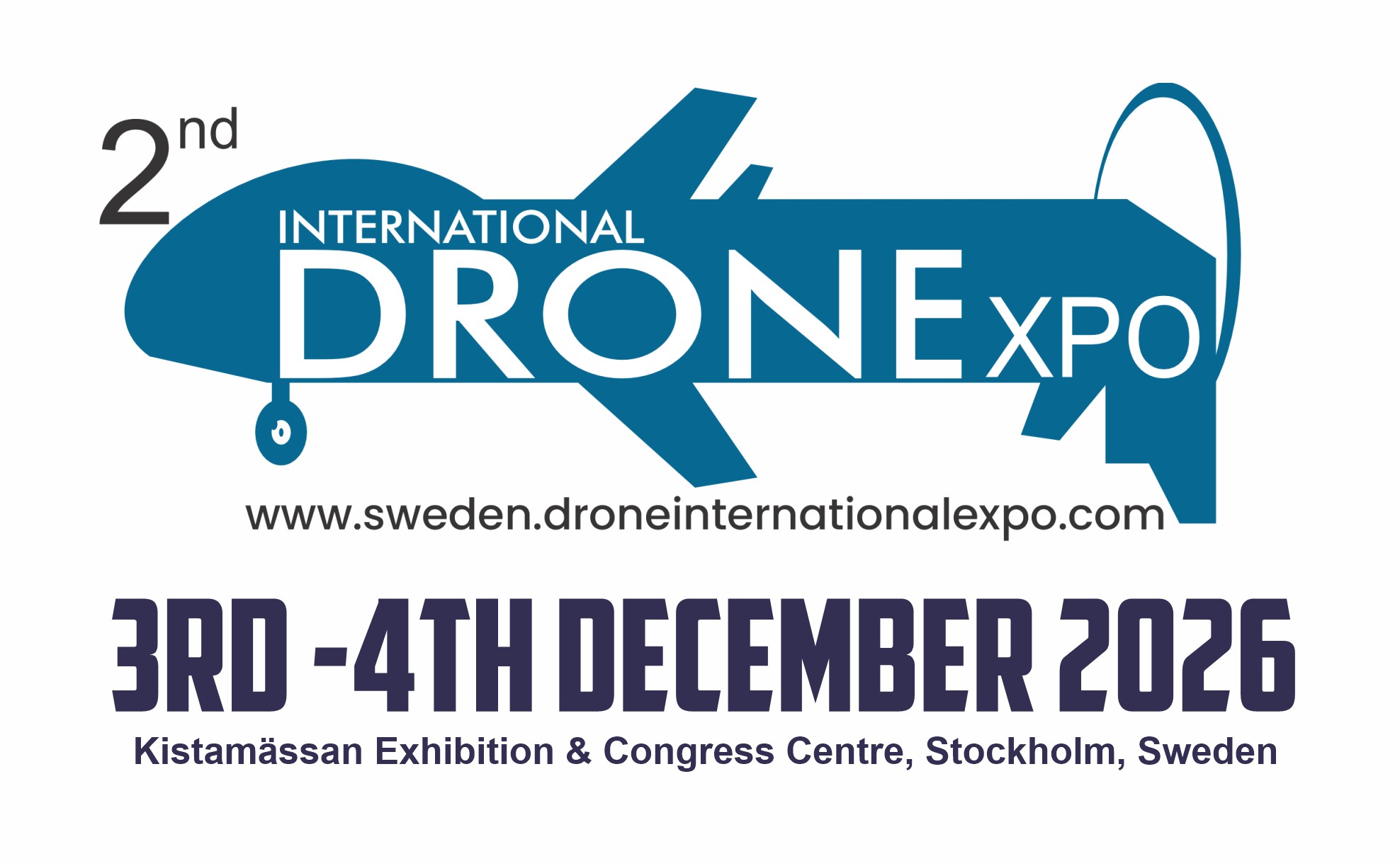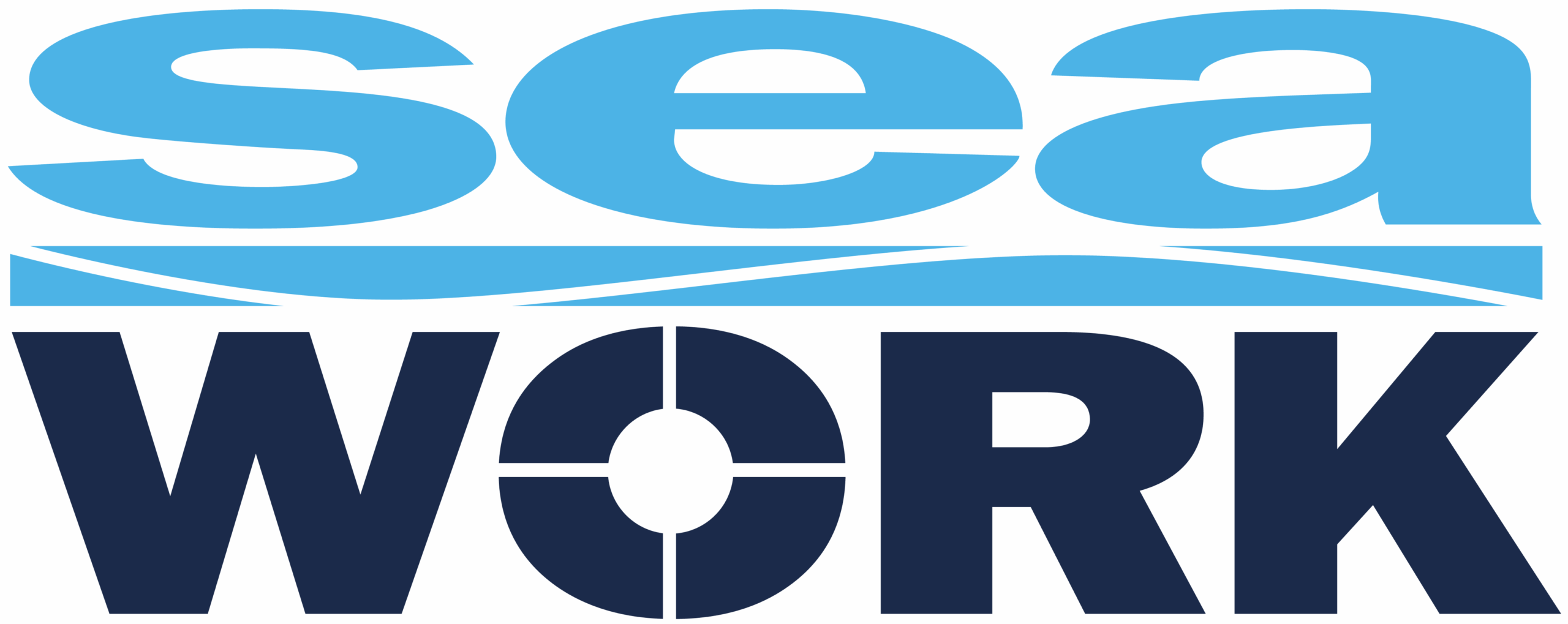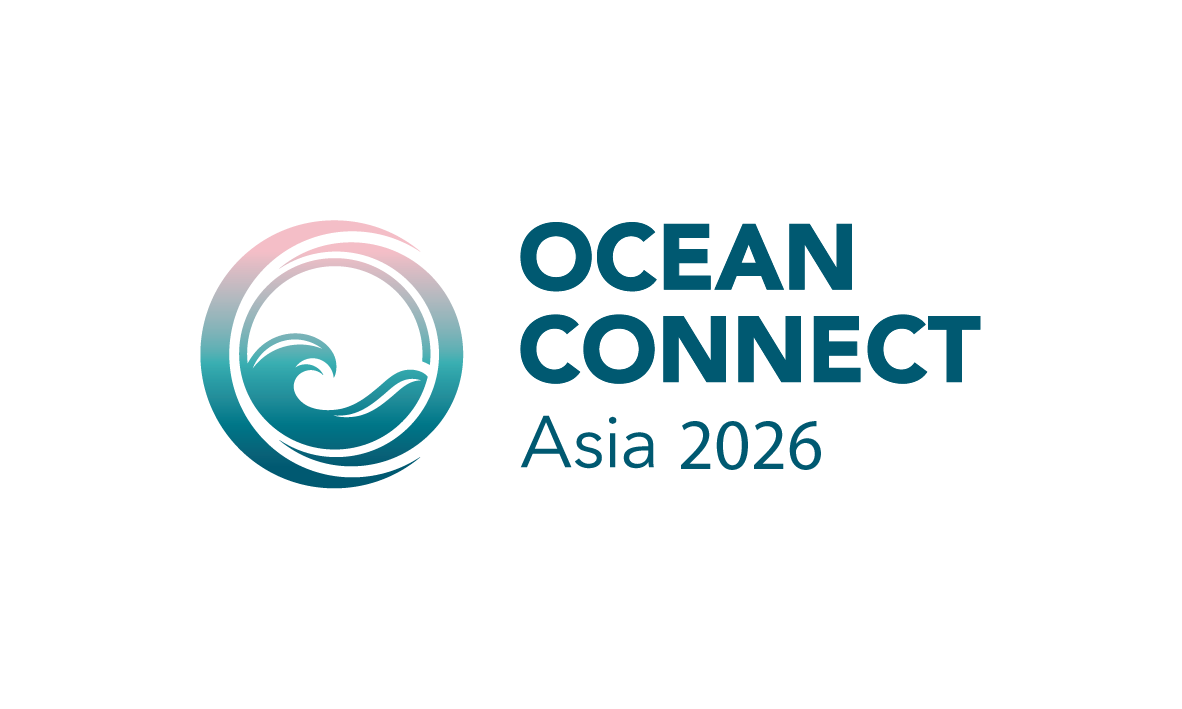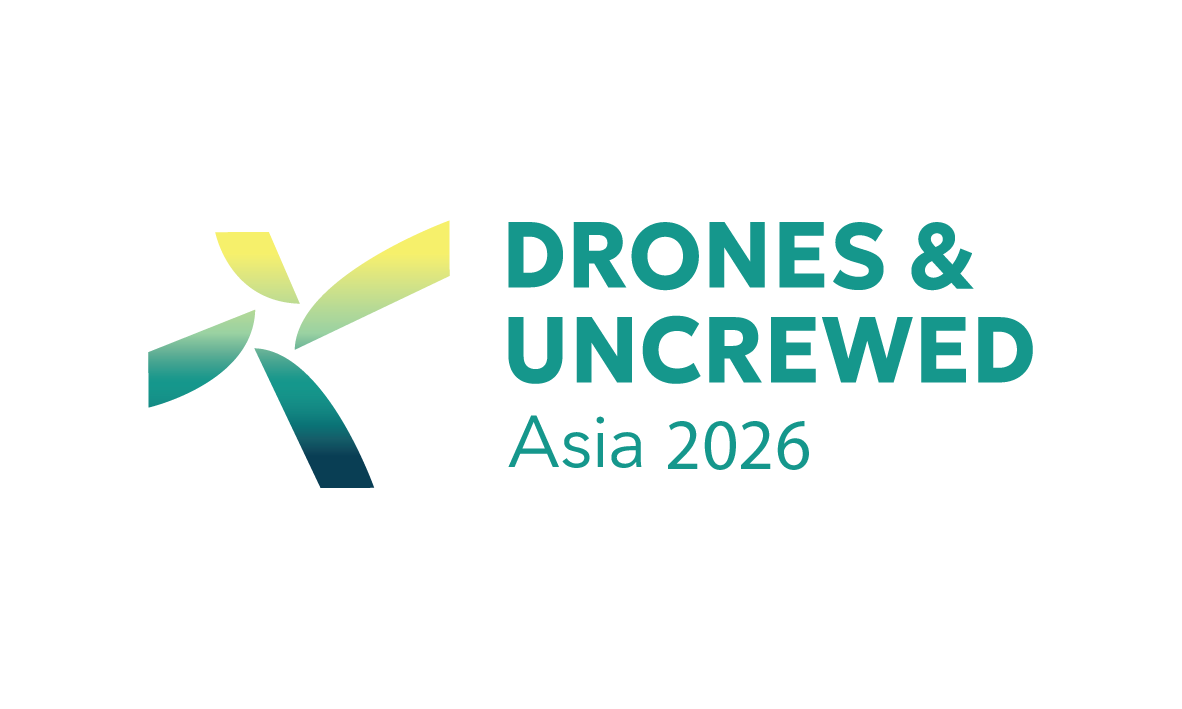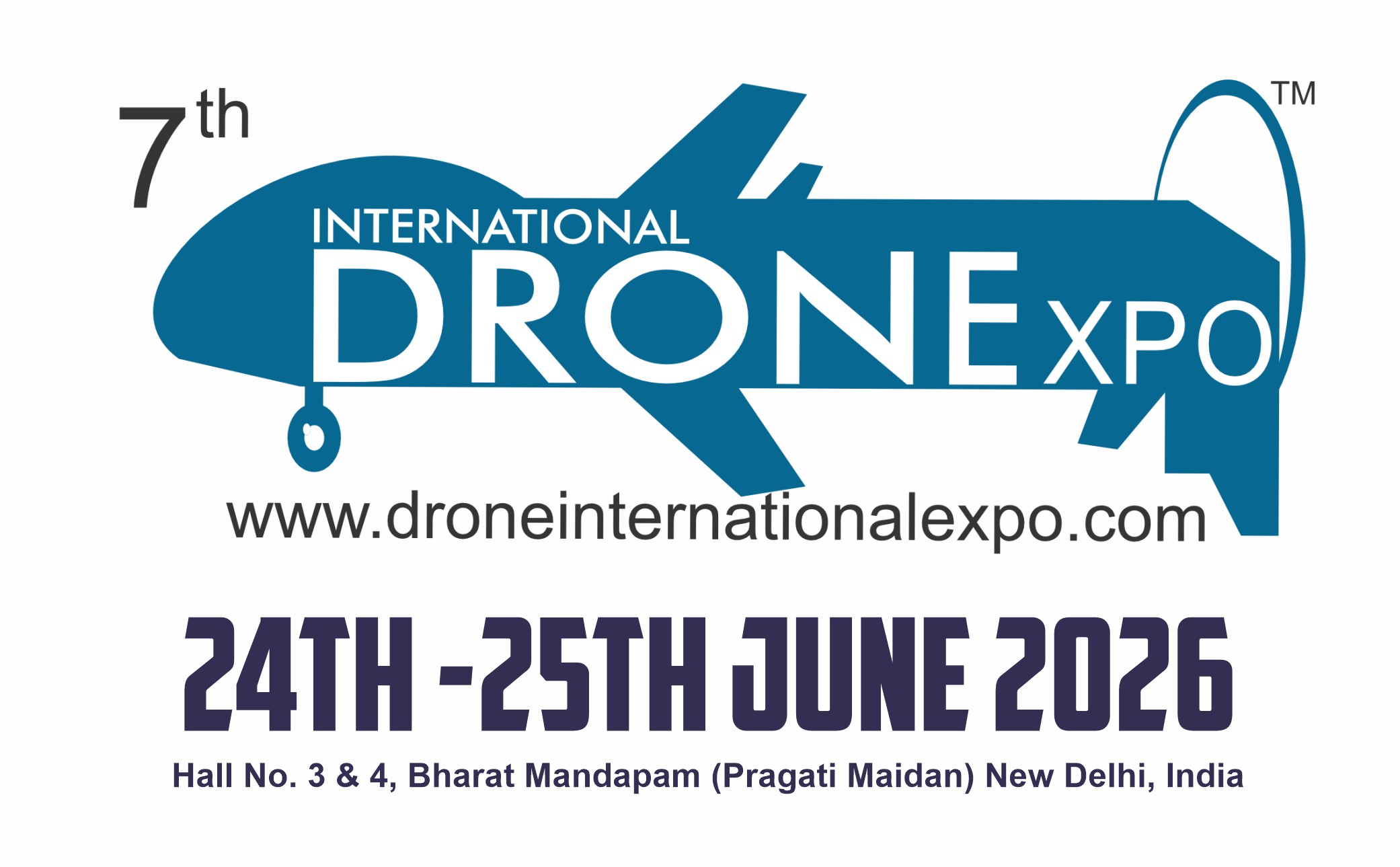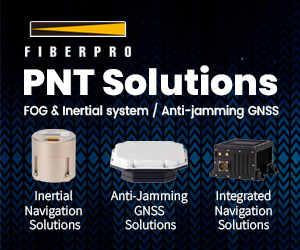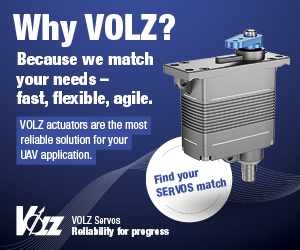UUVs
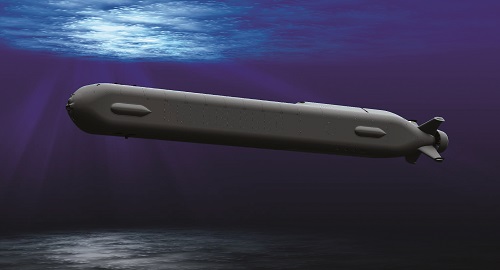
(courtesy of Boeing)
Rory Jackson explores new advancements in expertise and autonomy for UUVs
Among the various types of uncrewed vehicles, UUVs have arguably led the race towards full autonomy, particularly in terms of durability and intelligence optimisation. Advancements in their independence and structural endurance are critical to such platforms surviving underwater for increasing stretches of time without the intervention of humans.
As a result, there is a proliferation of UUV types across the various ocean markets. Large, heavy vehicles with multiple sensors and plentiful energy stores are set to carry out missions lasting months at a time for the world’s naval forces and multinational corporations.
Conversely, small, short-endurance but highly affordable, easy-to-operate UUVs are now accessible for smaller research and industrial teams, such that autonomous underwater data gathering is no longer restricted to the very rich and powerful.
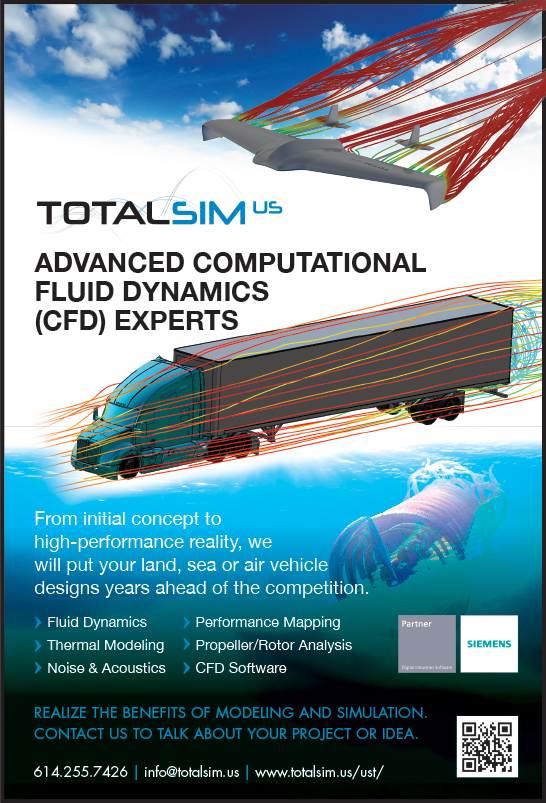
Across all of these are new types and combinations of sensing tools, mission infrastructures, and other ancillary but critical technologies, which are vital for future exploration under the sea.
Border monitoring
The ongoing development of extra-large UUVs (XLUUVs) is closely linked to the growing ambitions of the world’s navies to secure long-term maritime dominance through uncrewed submarine vessels with very long endurance.
As the global leader in defence spending, the US’s navy is among the frontrunners in XLUUV development programmes, with the first unit of the Orca XLUUV having been delivered by Boeing to the US Navy in December 2023, following completion of acceptance testing earlier that month.
The Orca is based on Boeing’s proof-of-concept Echo Voyager XLUUV, which entered design and development in 2012, and started sea testing in 2017. Measuring 51 ft (15.5 m) in length and capable of 6500 nm of range per mission through the use of a diesel-hybrid powertrain, the Echo Voyager has accumulated over 10,000 hours at sea and several hundred nautical miles of fully autonomous transit.
Deep details on the Orca are guarded by the US Navy, but it is known to have been designed with a modular and open internal architecture, and specific interfaces to allow for a range of payloads, as well as future upgrades to accommodate new technologies as they are released, to facilitate the navy’s countering of evolving threats.
The Orca will be capable of a top speed of 8 knots, with a 2.5 knots nominal cruising speed. Its overall optimal speed range runs from 2.5 to 3 knots, with the power for its onboard systems coming from an 18 kW battery. As with the Echo Voyager, its operational range will be approximately 6500 nm.
Standard issue sensors that are expected to be integrated include a forward-looking sonar and a doppler velocity logger (DVL), which, along with obstacle avoidance algorithms, will enable safe and autonomous terrain-following capability at seafloor depths. Raytheon’s PROSAS PS60-6000 synthetic aperture sonar is also an anticipated part of the Orca’s sensing portfolio, for applications such as ocean-floor mapping.
Past the US’s northern border, Cellula Robotics has begun sea trials of its upcoming Solus-XR XLUUV, aimed at assessing its capabilities in real-world maritime conditions, and evaluating its surface performance and autonomy.

We previously discussed the 12 m-long XR in issue 48 (February/March 2023), along with its capability differences versus its smaller counterpart and predecessor, the 8.5 m-long Solus-LR. One of the most significant is the XR’s integration of a significantly larger hydrogen-fuel cell powertrain, giving it a range of up to 5,000 km between refuels – 2.5 times more than the smaller LR.
Through its larger H2 tanks and fuel-cell system, the Solus-XR is able to operate entirely without auxiliary support vessels for launch or recovery and is hence deemed a port-to-port mission system.
This degree of endurance is expected to enable its users (Defence Research and Development Canada being the primary one) to tackle missions of increasing frequency and length in remote locations, such as beneath the Arctic ice caps. Its zero-carbon hydrogen powertrain and lack of any need for diesel-heavy auxiliary vessels will also help Canadian defence to become more sustainable – something that is increasingly valued as a strategic imperative by militaries the world over.
Westward across the Pacific, Hanwha Systems (part of the South Korean conglomerate Hanwha Group) has been awarded a contract to develop what has been called a ‘Mission Reconfigurable eXtra-large Unmanned Underwater Vehicle (MRXUUV)’. The contract awarder is the Agency for Defense Development (ADD), South Korea’s national agency for defence tech R&D, which is tasked with enforcing national defence capabilities and fostering domestic defence industries through technological research (including into uncrewed and other advanced forms of vehicles or weapons).
The project, expected to cost 25 billion Korean won (USD 19 million), should result in a long-range autonomous and modular XLUUV that is capable of long-range reconnaissance and mine-installation missions with minimal detection risk.
Hanwha Systems’ first prototype of the XLUUV is expected by August 2027, with assembly and testing to be facilitated by Hanwha Ocean (previously Daewoo Shipbuilding & Marine Engineering until it was taken over and renamed by Hanwha Group in 2023), which possesses UUV-specific infrastructure for integrating, inspecting and testing AUVs, as well as dedicated waters for AUV operations for ad-hoc water trials without being restricted by maritime traffic control.
While Hanwha Systems has previously developed four autonomous UUV platforms for defence tasks, and Hanwha Ocean has produced four successful crewed diesel-electric submarine solutions, neither has worked on an XLUUV before. Analysts anticipate the new contract, awarded in November 2023, was spurred by North Korea’s testing of its Haeil (Tsunami) nuclear-armed UUV, earlier last year.
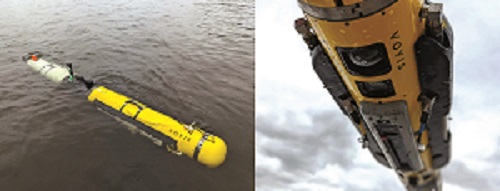
Mine countermeasures
Uncrewed systems can serve various naval functions, but mine countermeasures (MCM) are arguably the most important and most frequently touted for UUVs built with defence forces in mind – potentially because they can keep MCM crews as far away as possible from explosive hazards.
In one of the latest developments for MCM UUVs, an L3Harris Iver4 900 AUV has been equipped with a Recon LS payload from Voyis Systems, as well as a Solstice 3000 multiple-aperture sonar (MAS) from Wavefront Systems. That AUV-payload combination has additionally passed factory acceptance testing and will be delivered to an undisclosed NATO member’s navy.
Voyis’ Recon LS payload combines an underwater 3D Lidar (emitting a Class 3B laser with a wavelength of 448 nm and just under 75 mW of power) with either a 5 MP or 12 MP camera for precise 3D modelling. It has a scanning range of 1.2-7 m, depending on conditions, and it is depth-rated to a maximum of 1000 m.
Wavefront’s MAS is designed to achieve scanning performance close to that of synthetic aperture sonar with the reliability and robustness of a conventional side-scan sonar. It does this through several techniques, including combining information from multiple transmission apertures and directions, using a proprietary processing format to improve signal-to-noise ratios. It also uses interferometric processing to accrue 3D bathymetric data, which includes information on the shapes and depth of underwater terrain, and is co-located with side-scan imagery.
The Iver4 900 is a 2.5 m long, 23 cm diameter UUV, built from a combination of carbon composite and titanium, with a typical weight of 230 lb (104.3 kg). It can run on either a 2 kWh NiMH battery, which gives it 40 nm of range between battery recharges or swaps, or a 4 kWh Li-ion battery for a range of 80 nm.
With the combined Recon LS and Solstice MAS payload, the AUV can detect, classify and identify mine-like objects (with the final step of identification usually depending on a diver or a remotely operated underwater vehicle), reducing false alarms and sustaining high tempo in MCM operations.
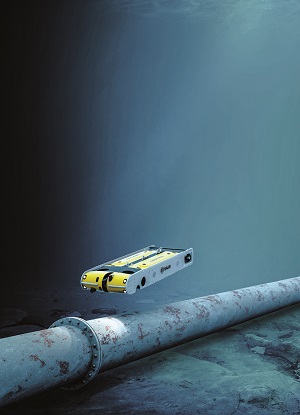
(Image courtesy of Saab)
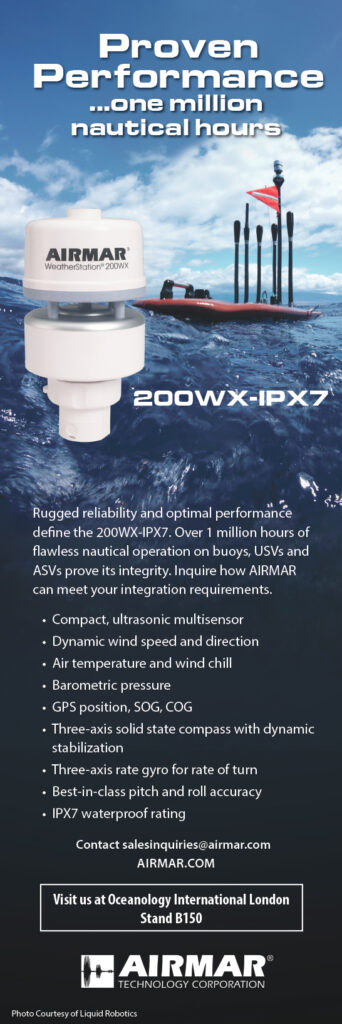
Unique solutions
In a further move towards accelerating defence AUV missions, L3Harris has successfully launched and recovered an AUV from an underway submarine’s torpedo tubes; a unique solution that the company calls its Torpedo Tube Launch and Recovery (TTL&R) technology.
The process was performed autonomously, using a homing and docking solution integrated on to the torpedo tube, which an Iver4 900 AUV was able to propel from and to the host vehicle. The system has been designed in close collaboration with the US Navy, with a view towards ongoing development of hybrid crewed/uncrewed operational concepts, and potentially enabling every SSN-class submarine to serve as an AUV mothership.
The Sabertooth UUV from Saab Seaeye (explored in detail in issue 36, February/March 2021) is another platform that is well-established in defence operations. Such is its usage that the US Navy has initiated a project centred around researching how hydrogen fuel cells might be leveraged to recharge AUVs without needing them to return to an onshore base or mothership.
Announced by the US Department of Defense and initiated via the US Naval Facilities Engineering Systems Command (NAVFAC) in response to the increasing use of UUVs around the world, the navy project uses a version of the Saab Sabertooth provided by Michigan-based subsea services company Hibbard Inshore as one part of the testing platform, the other part being the Subsea Supercharger (SSC) from Teledyne Energy Systems.
Readers may remember that at the heart of the SSC is Teledyne’s ejector-driven reactant (EDR) fuel cell, which we unpacked in detail in our 35th issue (December 2020/January 2021).
That proton-exchange membrane (PEM) fuel cell operates using a passive ejector-based system for circulating reactant gases, and hence has fewer potential points of failure than most valve-based fuel cells – a key requirement for entrusting it to function underwater for months at a time without needing a technician or crewed surface vessel to repair it.
This tech gives the SSC a service life of at least 10,000 hours and a 1000 m depth rating. The system can output up to 5 kW of continuous power at up to 700 V DC, and through its hydrogen gas tanks it can be equipped with up to 30 MWh of energy before deployment (with H2 having several hundred times more specific energy than Li-ion batteries).
The battery electric Saab Sabertooth in the project can operate for 12 hours (or travel for approximately 20 km at a depth of 1200 m) between battery replenishments. It recharges by docking with the SSC, which then uses its fuel cells to generate current from its H2 gas stores.
Testing for the project will continue in early 2024, by NAVFAC’s Expeditionary Warfare Center.
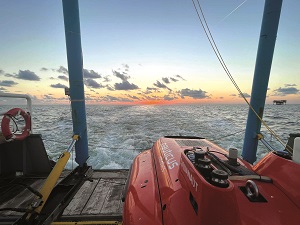
(Image courtesy of Nauticus)
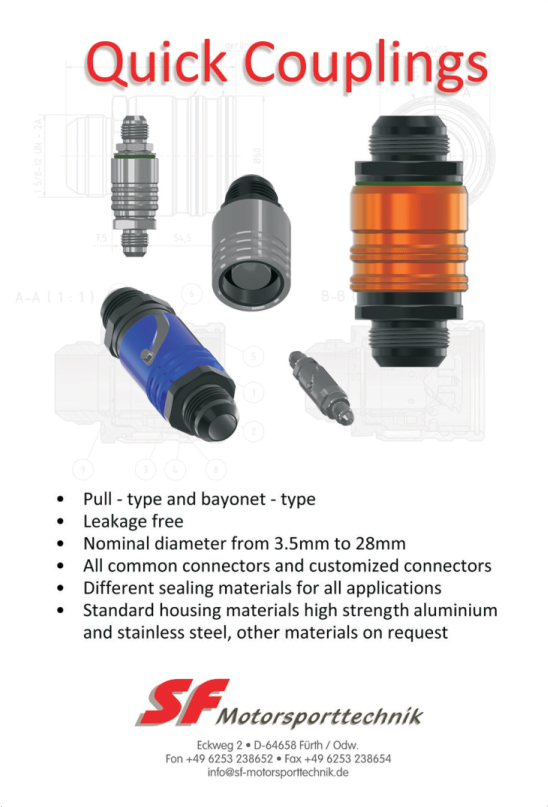
Offshore energy
Resident applications of AUVs are highly tapped as a future mode of operations for the long-term security and maintenance of renewable and hydrocarbon energy infrastructures. As global demand for energy rises, UUV services and shipments are becoming more common across the oceans.
Texas-headquartered multinational Ocean Infinity has signed a survey contract with Equinor Wind US, relating to one of the first-ever floating offshore wind farms to be located on the US West Coast.
Ocean Infinity is to fully investigate and survey the site of the future wind farm (which encompasses 80.062 acres and potentially 2 GW of wind-power output under the contract) using multiple AUVs simultaneously, starting in February.
Data from the survey will be gathered using AUVs from Ocean Infinity’s fleet, and it will be used to inform Equinor’s site assessment, design, construction and operations planning. The fleet includes multiple UUVs from Saab, as well as Hugin 3000 and 6000 AUVs from Kongsberg Discovery.
The two Hugin AUVs are named for their maximum depth rating in metres. The 3000 measures 5.5 m long and 1 m in diameter, and weighs 1400 kg in air. It integrates 45 kWh of onboard energy, generated via an aluminium, oxygen semi-fuel cell and a battery powertrain that enables a top speed of up to 4 knots from its thruster.
The Hugin 6000 weighs 1980 kg in air, and measures 6.18 m long and 0.875 m in diameter. It can achieve a maximum speed of up to 5 knots, with a possible endurance of 60 hours on its battery energy stores if working at an operating speed of 3 knots.
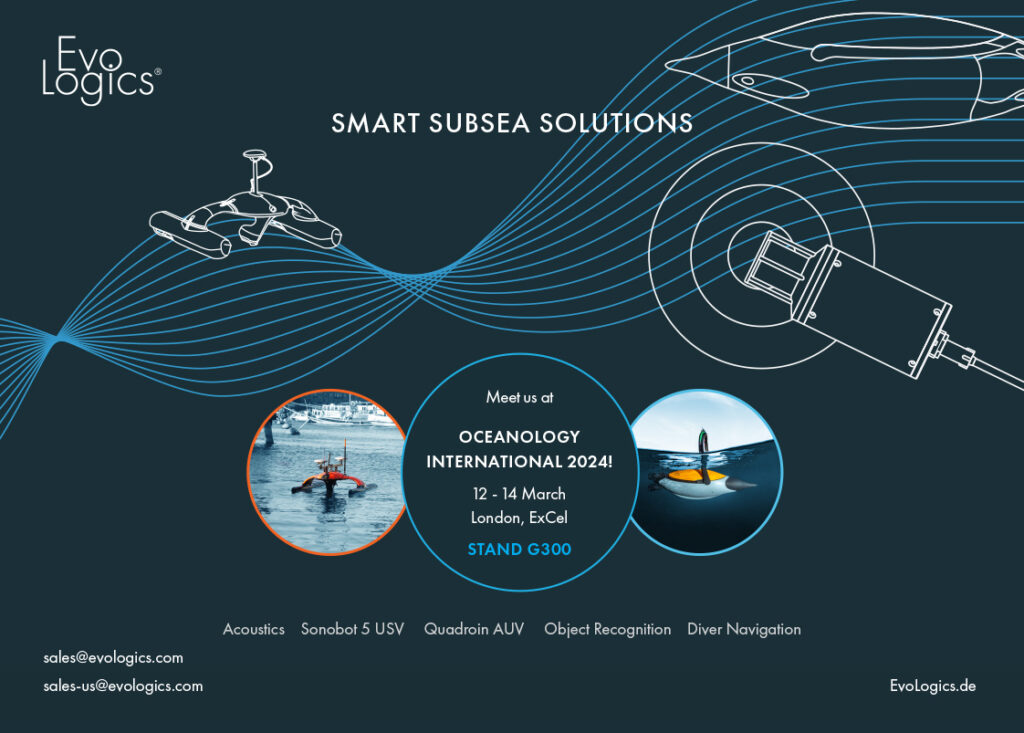
Both AUVs come with modular payload bays, designed for equipping multibeam echosounders, side-scan sonars, sub-bottom profilers, CTD (conductivity, temperature and depth) sensors and other survey tools.
Southeast in the Atlantic, Nauticus Robotics has been awarded a contract by Petrobras to deploy its Aquanaut UUV, detailed in issue 52 (October/November 2023), to support the Brazilian energy giant’s offshore activities, and increasing use of robotics and AI.
The 4.2 t UUV is to be operated under supervised autonomy in Petrobras’ Deepwater Production Field, performing approximately two months of subsea inspection time under the contract. To that end, the Aquanaut is equipped with 101.1 kWh of battery energy as standard, enabling up to 70 hours of activity between stops.
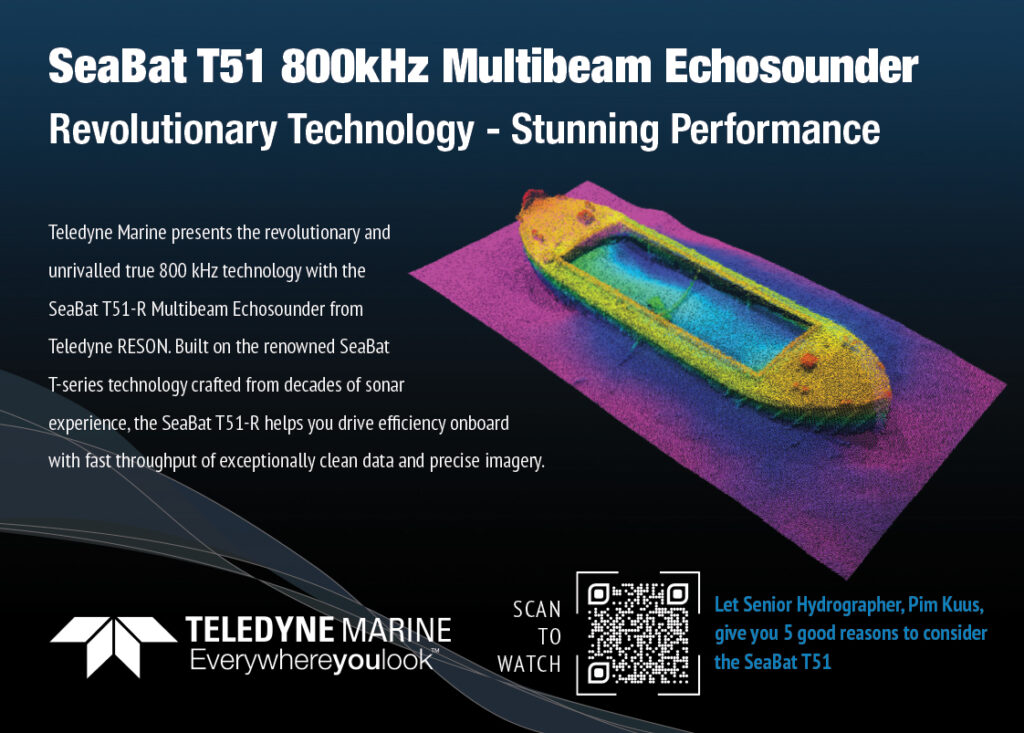
It also comes with a payload capacity of 90 kg, within which it can integrate a variety of 2D and 3D perception sensors, including underwater Lidars, cameras and sonars. Its gripper arms can additionally manipulate subsea objects and impart up to 454 kg of force with full 360° rotation.
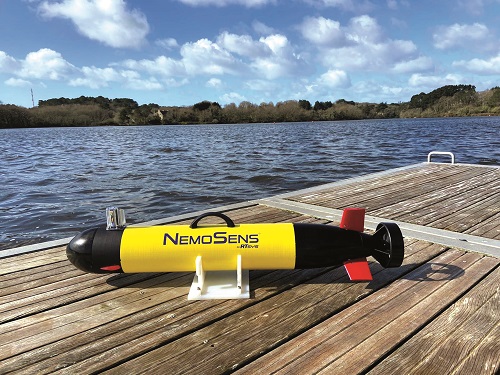
Seafloor imaging
Smaller UUVs (including the new, emerging class of micro-AUVs) are increasingly the tool of choice for research organisations looking to study marine geography, biodiversity and more, while simultaneously spending less (not only in unit costs, but also on surrounding infrastructure, such as boats and cranes, which are required to deploy and recover more standard, large AUVs).
To that end, NOAA’s National Centers for Coastal Ocean Science (NCCOS) is set to receive three units of France-based RTsys’ NemoSens AUV in February, the deal having been announced in November 2023. The AUVs have been equipped with SwordFish, an imaging payload developed by Florida-based Arctic Rays.

The core of the payload is a 12.3 MP Sony IMX304 camera with global shutter and powered by a back-illuminated colour CMOS detector, which takes still images at 4 fps. It can record 720p HD video at 60 fps, 1080p at 30 fps, or 4K video at 10 fps. Installed about the camera are four fixed, dual-mode LED arrays, which can collectively output 6000 lumens of continuous light in torch mode or 60,000 lumens if set to strobe, thereby illuminating objects viewed by the camera in dark or turbid waters.
An Intel i3 core runs processing algorithms for the sensor package, with a 1 TB SSD for onboard data recording; the payload consumes up to 85 W overall in operations, depending on the lighting and image settings.
NCCOS is expected to deploy the NemoSens AUVs for the cost-effective collection of hi-res digital images of the seabed to depths of 300 m in the US’s Exclusive Economic Zone, with additional duties in line with NOAA’s ongoing mission of ocean preservation to follow.
The NemoSens is designed as a one-person, portable UUV, measuring just under 1 m in length and weighing just under 10 kg in air. Its battery electric powertrain enables up to 6 knots of speed, with typical endurances running in excess of 10 hours. As well as the SwordFish imager, various side-scan sonars, video cameras and environmental sensors number among the compatible mission payloads for prospective data-hungry users.
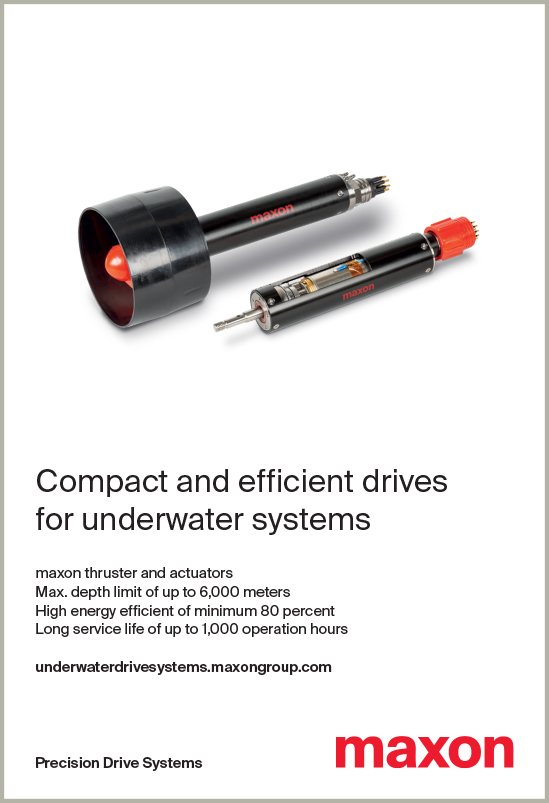
With payloads a vital part of any UUV solution, RTsys announced in October 2023 that it took delivery of 20 Pathfinder DVLs and 10 Wayfinder DVLs from Teledyne Marine, for integration with its NemoSens AUVs, COMET-300 AUVs and µAUVs (micro-autonomous) across scientific, industrial and defence operations.
More powerful future
From the case studies described above, it is easy to assume that UUVs for military forces and multinational industrial groups will continue to become larger and more mechanically powerful, while UUVs for scientific research teams and other groups with smaller budgets will gravitate towards smaller physical sizes, becoming more software-defined vehicles.
The lines, however, may not be so clear-cut. One may take note of the very small UAV systems being used by defence forces today, including the AeroVironment Switchblade and the Prox Dynamics Black Hornet helicopter, which is small enough to be launched by your thumb and forefinger. Conversely, very large science vessels are still being used by ocean research groups to launch AUVs, such as the AutoSub (of ‘Boaty McBoatface’ fame), which have a great many years of design life left in them.
Just as large and complex UUVs are set to continue being a hallmark of valuable civilian research and survey work, micro-AUVs packed with copious intelligence, and presenting a small and hard-to-detect footprint will be highly sought after by navies and other forces.
As the uptake of UUVs across defence forces continues, they are likely to request underwater systems of varying sizes and specialisations to suit their myriad capability requirements, just as they have done with UAVs and are projected to do with uncrewed ground vehicles over the next few years.
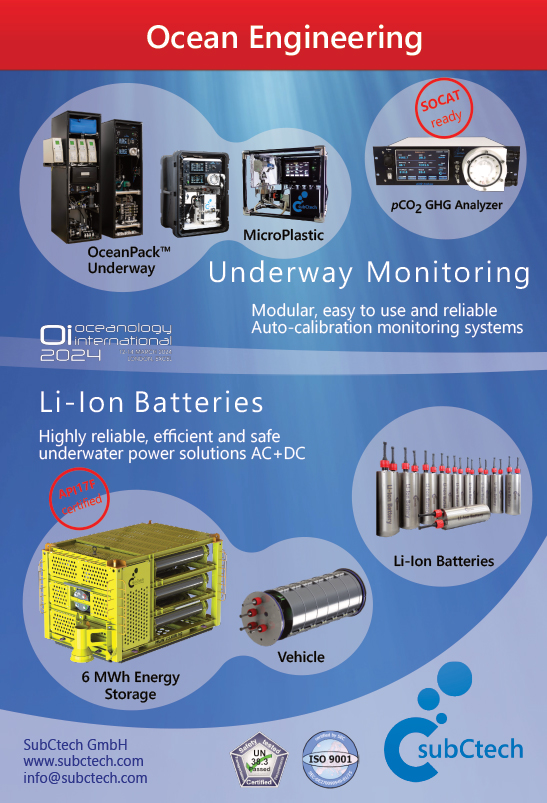
UPCOMING EVENTS


